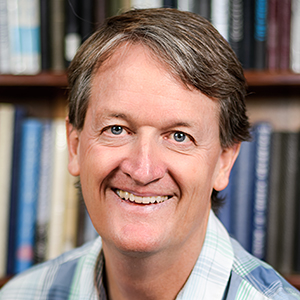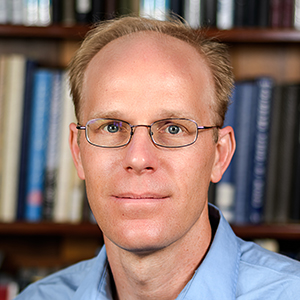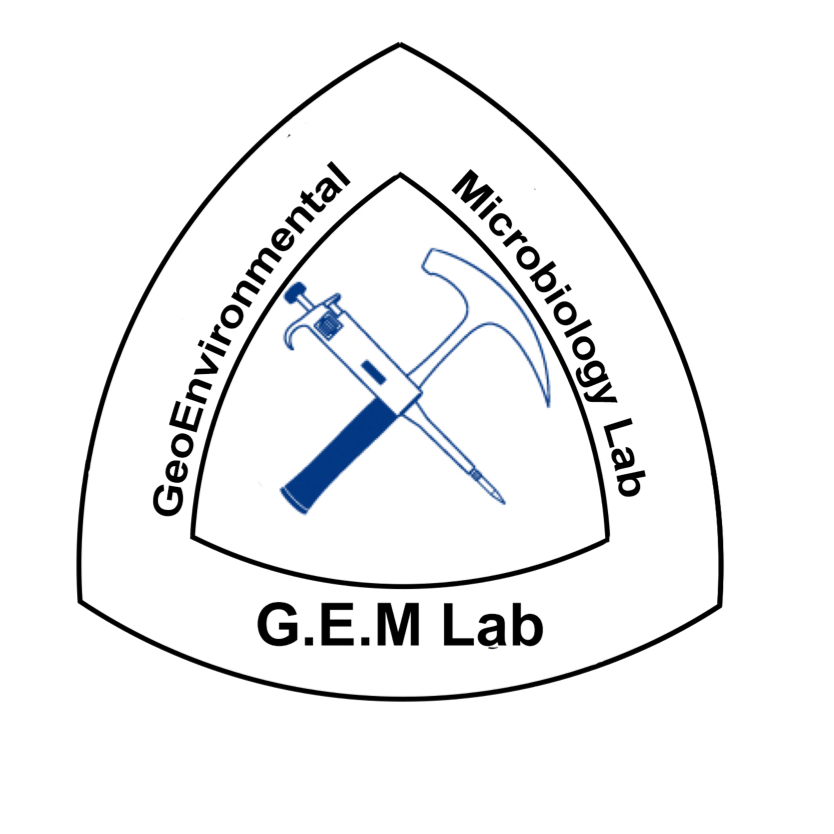Welcome to the GEM Lab
The Geo- Environmental- Microbiology (G.E.M.) Laboratory comprises a collection of talented scientists and engineers with a multitude of experiences. We have varied backgrounds in life and in education. To us, this brings strength to what we share–an interest in figuring out some components of information about the microbial world.
We work on a broad variety of topics and systems in geomicrobiology such as the microbiota associated with engineered systems for water and wastewater treatment and on the diversity of microbial life and their novel enzymes in Yellowstone National Park hot springs. We’ve worked on other projects detailing the complexity of microbial life in 6 cm thick microbial mats from Guerrero Negro, Baja California Sur, how to stimulate energy production for renewable energy use, and on the development of robotic explorers to sample and better understand microbial ecosystems that have forever been out of reach to human understanding. We work and collaborate with people across the Colodao Schoool of Mines campus, the State and University of Colorado systems, other universities around the USA and the world; and local, state and federal agencies.
Principal Investigators
John R. Spear
 The great majority of life on Earth is microbial in size, things only visible through the microscope. Almost all of these microbes are harmless to humans and in fact, provide vital ecosystem services to just about every habitat on the planet—including our own bodies. We are interested in the who, what, when, where, why and how questions about microbial life—in essence, microbial ecology. We think and work with both the fundamentals of Basic Science and translate that into very Applied Science to make better and more favorable use of microbial-related processes. Who are they?—We are interested in the diversity of this microbial life in all three domains of life—Eucarya, Bacteria and Archaea. What do they do?—Are they interacting and / or changing their environment? What can they do for us?—Can we learn how to optimize a microbial process for bioremediation or for bioenergy? When are the microbiota of a particular environment active?—Can we manipulate that activity for stimulation in an engineered system or process? Where are they?—Is a certain microbe only found in one place or throughout the ecosystem / world? Why are they there? Why do they do what they do? This leads us to ask “how?” Do microbiota interact with their world? Do microbiota use energy flow in novel ways? Do microbiota process metal and /or heavy metals? Are these processes beneficial to humanity?
The great majority of life on Earth is microbial in size, things only visible through the microscope. Almost all of these microbes are harmless to humans and in fact, provide vital ecosystem services to just about every habitat on the planet—including our own bodies. We are interested in the who, what, when, where, why and how questions about microbial life—in essence, microbial ecology. We think and work with both the fundamentals of Basic Science and translate that into very Applied Science to make better and more favorable use of microbial-related processes. Who are they?—We are interested in the diversity of this microbial life in all three domains of life—Eucarya, Bacteria and Archaea. What do they do?—Are they interacting and / or changing their environment? What can they do for us?—Can we learn how to optimize a microbial process for bioremediation or for bioenergy? When are the microbiota of a particular environment active?—Can we manipulate that activity for stimulation in an engineered system or process? Where are they?—Is a certain microbe only found in one place or throughout the ecosystem / world? Why are they there? Why do they do what they do? This leads us to ask “how?” Do microbiota interact with their world? Do microbiota use energy flow in novel ways? Do microbiota process metal and /or heavy metals? Are these processes beneficial to humanity?
Junko Munakata-Marr
 The unifying theme for my research interests is microorganisms. Natural systems contain a plethora of bacteria and other microbes that have useful and sometimes surprising metabolic capabilities. For example, microorganisms can transform a multitude of organic compounds. By harnessing such metabolic activity, we can engineer systems to remove organic pollutants microbially. For example, stimulation of indigenous microorganisms can lead to biodegradation of such groundwater contaminants as petroleum hydrocarbons, aromatic compounds, and chlorinated solvents. In addition, microorganisms can produce useful metabolic products. Microbes may, for instance, generate methane from coal under specific conditions.
The unifying theme for my research interests is microorganisms. Natural systems contain a plethora of bacteria and other microbes that have useful and sometimes surprising metabolic capabilities. For example, microorganisms can transform a multitude of organic compounds. By harnessing such metabolic activity, we can engineer systems to remove organic pollutants microbially. For example, stimulation of indigenous microorganisms can lead to biodegradation of such groundwater contaminants as petroleum hydrocarbons, aromatic compounds, and chlorinated solvents. In addition, microorganisms can produce useful metabolic products. Microbes may, for instance, generate methane from coal under specific conditions.
Microbial communities are inherently dynamic. Understanding and ultimately controlling these dynamics is important in many applications of environmental engineering microbiology. For example, in situ remediation may require years for sufficient biodegradation to occur; any change in microbial activity or populations during such extended contaminant exposure may have significant implications for the treatment effectiveness. By understanding the community dynamics during the treatment process, we may be better able to control the biodegradation achieved. We can apply molecular biology techniques to assess microbial communities in environmentally relevant systems ranging from groundwater bioremediation, centralized and on-site wastewater treatment systems, and to identify sources of microbial contamination. Current research activities include evaluation of the compatibility of reductive dechlorination activity with polymers used for flow control, microbial communities associated with methane generation from coal, and the coordinated use of molecular biology and chemical analyses for microbial source tracking. I am also involved in educational research projects to develop new curricula related to humanitarian engineering and to broaden participation in engineering disciplines.
Jonathan O. Sharp
 With a foundation in environmental engineering microbiology, we gravitate toward interdisciplinary questions that integrate facets of microbiology, engineering, geochemistry and hydrology to enhance our understanding of the natural and built environment. Details about group members and collaborations are provided in the link above. Our research focuses on the ramifications of biological processes as they relate to water quality and reuse in a variety of projects that include:
With a foundation in environmental engineering microbiology, we gravitate toward interdisciplinary questions that integrate facets of microbiology, engineering, geochemistry and hydrology to enhance our understanding of the natural and built environment. Details about group members and collaborations are provided in the link above. Our research focuses on the ramifications of biological processes as they relate to water quality and reuse in a variety of projects that include:
• The role of microbial processes on the fate and transport of emerging water pollutants
• Attenuation of trace organics and nutrients in managed natural systems such as engineered wetlands, riverbank filtration, and aquifer recharge
• Microbially-mediated redox transformations of metals in the subsurface and engineered bioreactors
• Implications of insect-mediated tree mortality on terrestrial biogeochemistry and water resources
